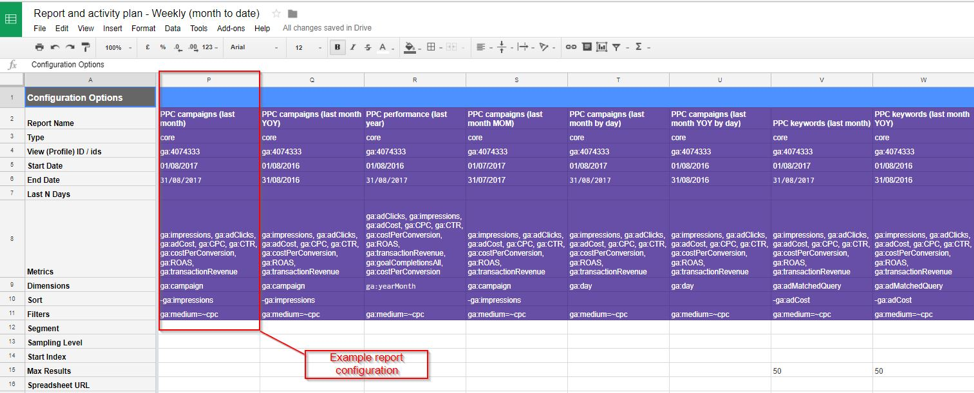
Most
of us look at paid search reports oftentimes with a mix of reluctance and
necessity. Why? Well, while we know that we need to showcase results to
clients, you might be wondering why you have to create a report to fulfill this
need.
Much
of this systems from the way that we’ve always done reports – often in Excel
documents by manually typing in results, pasting screenshots, or downloading
and uploading certain data. It’s labor intensive and, frankly, often doesn’t
provide a lot of actionable insights. But what if there was a way to create
better ppc reports for clients and make the creation of them easier on us?
In this article we’ll outline a five-step framework that PPC agency marketers can use to create better client reports. But before we dive any further into how you should be setting up your reports, it’s worth reviewing some data.
Steps For Agencies To Create Better PPC Reports For Clients

You
know you have to, but what really is the true goal of creating paid search
reports? The number one, of course, is being able to showcase to your
stakeholders that what you’re doing is actually effective. If you can’t showcase
that what you’ve done has even had an impact, then you might as well not be
doing anything at all.
But
beyond that, PPC reports provide you an opportunity to build rapport with
clients. Even if something isn’t working at the moment, you can explain what
how you’re planning to address it and steps you’ve taken to improve the numbers
in the report. This shows your client that you’ve taken the initiative and are
willing to try other tactics to get the results that you want with your PPC
marketing.
Keep these goals in mind when you start framing your paid search reports. It will help give them focus and ensure that you can make your clients happy. Now, it’s on to actually building them.
Define what constitutes a good PPC report

Before
you ever start filling out numbers, really think about what you would want to
see in a report if you were a client. An insightful report will have a number
of items. These include all of the following
Goals &
objectives

Wins

Losses
No matter how skilled we are, there are bound to be down numbers. Don’t try to hide these. You’ll only make your client not trust you when the truth comes out, and it gives you a chance to offer opportunities to address them.
Opportunities
Here’s
where you can talk about what’s not working and find an alternative solution
that might fix it. The more that you can show that you’re working hard to find
a better revenue, the more your client will allow you to keep running the
campaign.
Challenges
There are always some items that don’t seem fixable. For example, if you keep running out of budget and aren’t making the numbers, then you will need to go back to your clients and try to get them to raise the budget. Laying out with what you need help will ensure that items get addressed sooner before they’re critical.
Next steps
You
were hired to be the expert so you need to show your client that you’re always
thinking several steps ahead. In this section, you can propose new campaigns,
ad groups, etc. to try and meet the goals.
Aggregate numbers
While you should definitely have a breakdown of raw data in the report, you should also have aggregate numbers for the reporting period. You might be running several different campaigns on various platforms, but it’s worth rolling up these numbers to showcase the bigger picture – as well as how each campaign is supporting another. Roll-up data can be done using third-party software reporting tools like Super metrics.










0 comments:
Post a Comment